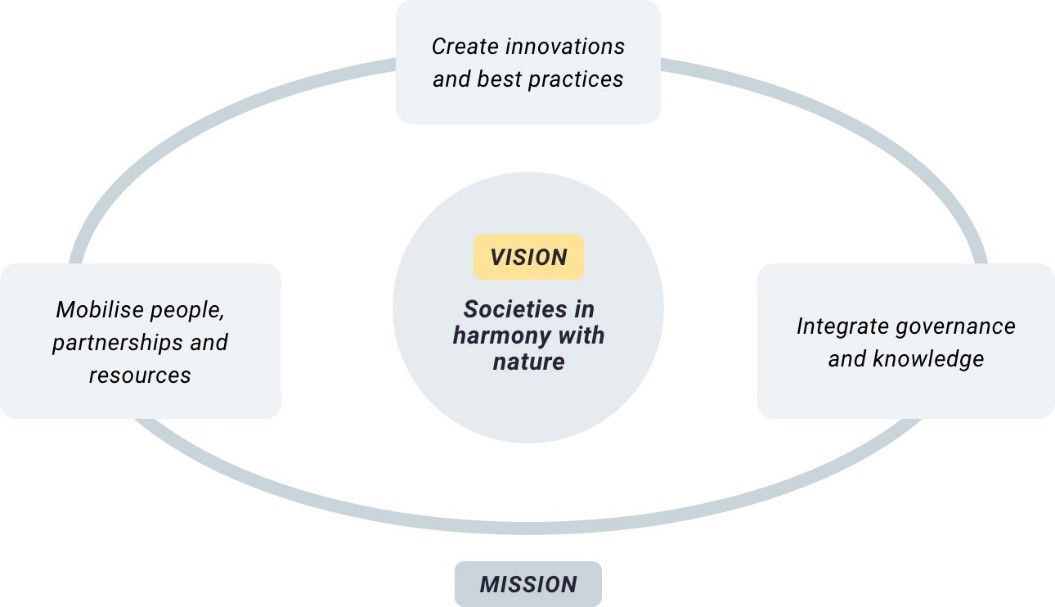
About the Satoyama Development Mechanism (SDM):
- Established jointly by the Institute for Global Environmental Strategies (IGES), the United Nations University Institute for the Advanced Study of Sustainability (UNU-IAS) and the Ministry of the Environment of Japan (MOEJ).
- SDM is one of the collaborative activities of International Partnership for the Satoyama Initiative (IPSI).
- A financing mechanism to facilitate the implementation of activities under IPSI towards the vision of the Satoyama Initiative: societies in harmony with nature.
Vision and mission
- "Satoyama" is a Japanese term representing "socio-ecological production landscapes and seascapes" or SEPLS, which are dynamic mosaics of habitats and land/sea uses providing the goods and services needed for human life while being managed to maintain biodiversity
- The Satoyama Initiative, advocated by the Government of Japan and United Nations University Institute for the Advanced Study of Sustainability (UNU-IAS)

Scope
- Generate and share knowledge;
- Institutionalize the landscape approach;
- Area-based conservation;
- Restoration; and
- Sustainable production and consumption. Relating to these objectives, the SDM focuses specifically on supporting the development of other effective area-based conservation measures (OECMs); landscape or seascape restoration; conservation and collaboration with indigenous peoples and local communities; resilience enhancement; and sustainable food or material production.
